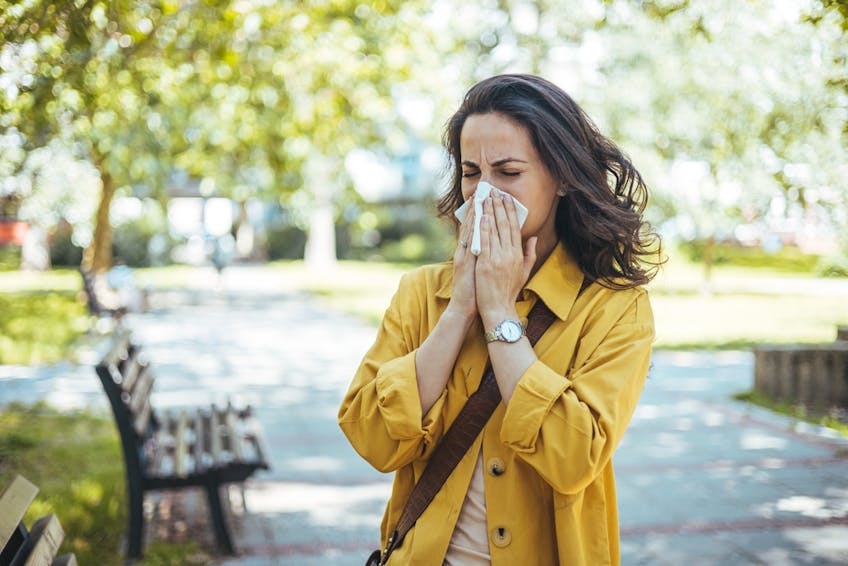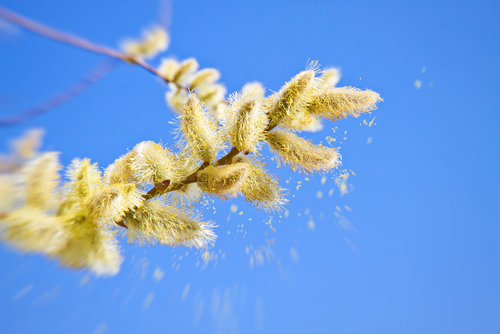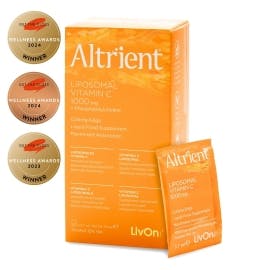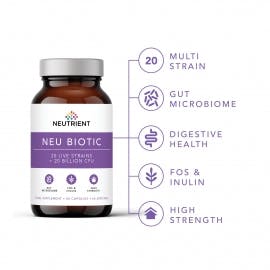Celebrating Vitamin C During Hay Fever Season
Author: Jacqueline Newson BSc (Hons) Nutritional Therapy
Histamine - The Main Offender
If you are prone to hay fever, your body is at the mercy of histamine a chemical substance that’s released in response to allergens. Histamine triggers an inflammatory response that sets the ball rolling for relentless sneezing, congested sinuses, sore itchy eyes and wheezing, but why is that?
Histamine is stored in highly specialised mast cells that are found in the mucosal tissues of the airways. They guard against invading pathogens and when activated, release large quantities of histamine to alert the body that a potentially hazardous substance is finding its way into the body. Special immune cells flock to the airways to destroy and flush out as much of the pollen as possible.
Mucus is used to wash the pollen from the eyes and nose and sneezing is initiated to remove pollen from the lungs. The histamine also triggers inflammation and swelling, which helps to contain the pollen and prevent it from reaching other areas of the body. This inflammation causes redness, soreness and headaches too.
What’s Triggering Your Hay Fever?
Hay fever can be more than just a nuisance—it can be a real game-changer, impacting your ability to work and live life to the fullest. The UK Met Office identifies three main pollen seasons, which can help you determine your specific triggers if your hay fever symptoms appear around the same time each year.2
Tree pollen is typically in the air from late March to mid-May, with common culprits including hazel, yew, alder, elm, willow, poplar, birch, ash, plane, oak, lime, and pine.
Grass pollen, which affects around 95% of hay fever sufferers, is most prevalent from mid-May to July. All grasses belong to the Poaceae family and are a major cause of seasonal allergies.
Weed pollen season runs from late June to September, with common triggers including dock, mugwort, nettle, oilseed rape, and plantain.
Many people turn to medications like antihistamines, decongestants, and corticosteroids to manage their symptoms. While these can provide relief, they often come with unwanted side effects such as dizziness, drowsiness, and blurred vision. But what if you're not keen on conventional medications?
Nature Has a Solution
Nature has some amazing alternatives that can help you breathe easily and enjoy the outdoors without the discomfort of allergies. By making smart nutritional choices and incorporating the right supplements, you can take a proactive approach to managing your symptoms. Discover how an anti-histamine diet and carefully selected natural remedies may help you conquer some of the worst symptoms.
Dietary Precautions
An anti-histamine diet focuses on reducing foods that trigger or increase histamine levels in the body while incorporating foods that help stabilize histamine release. It typically involves avoiding high-histamine foods such as:
- Aged cheeses
- Fermented foods
- Alcohol
- Processed meats
- Tomatoes
- Spinach
- Aubergine
Instead, in the lead-up to the pollen season, the emphasis in your diet should be on fresh, minimally processed foods, including leafy greens (except spinach), fresh meats, non-citrus fruits, and healthy fats. DAO (Diamine oxidase) - supporting foods (such as fresh fish and peas) and the nutrients listed below can further help regulate histamine levels.
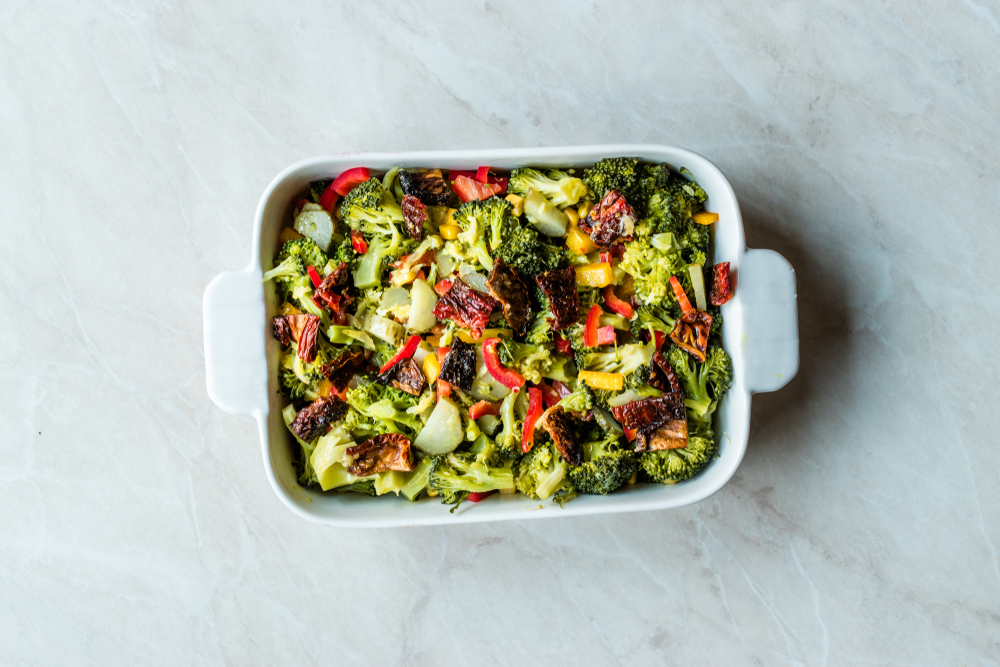
Vitamin C - Takes Pole Position!
Vitamin C rightfully earns its place at the top of our list. Widely recognised for its It's immune-supportive functions it also plays an important role as a cofactor to DAO, which helps to break down excess histamine. When combined with an anti-histamine diet, vitamin C provides valuable nutritional support during inflammatory reactions.
A diverse diet is the best way to ensure you’re getting enough vitamin C and some of its sources may surprise you. While citrus fruits, berries, and kiwi are well-known, vitamin C is also abundant in vegetables like potatoes, broccoli, bell peppers, kale, and Brussels sprouts.
Relying solely on fruit, however isn’t always practical—you’d need to eat around 100 strawberries to get just 1 gram of vitamin C! In such cases, supplementation can be a more convenient way to meet your needs.
